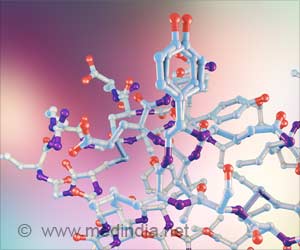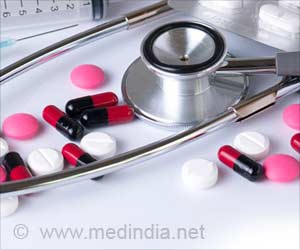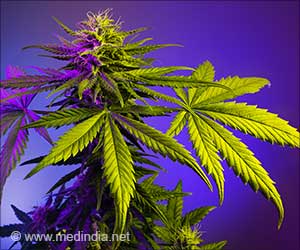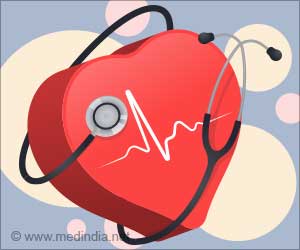Sildenafil provides significant benefits for children with pulmonary arterial hypertension (PAH), reveals research.

Not only is PAH rare in children, it is also difficult to diagnose and treat. “Diagnosis from onset of symptoms is often 2 years or more because patients often have nondescript symptoms such as breathlessness with exercise and fatigue,” said Dr. Barst. “If PAH is not suspected, the appropriate tests will not be performed until the disease has progressed, often to the point the patient has fainting episodes or heart failure.” Once PAH is diagnosed, managing the condition in children brings new challenges. Although the disease is similar in children and adults, optimal treatment is not necessarily the same.
“Children are not just ‘small adults.’ Before prescribing drugs for children, we need to know if the drug works, what dose should we use, is the drug well tolerated, what side effects the drug has, and is it safe in the short term and long term” said Dr. Barst. “In addition, adequate clinical studies are needed to provide evidence-based treatment guidelines for children with PAH.” To address this issue, Dr. Barst and colleagues conducted a randomized, double-blind study involving 32 medical centers in 16 countries, to assess the outcomes of sildenafil therapy in 234 children (aged 1-17 years) with PAH, as they received low, medium, or high-dose sildenafil, or placebo for 16 weeks.
Cardiopulmonary exercise testing, peak oxygen consumption (pVO2), and minute ventilation to carbon dioxide output (VE/VCO2) levels were determined at baseline and at week 16 in all children who could reliably exercise on a bicycle (n=106). Although the primary endpoint of % change in pVO2 did not meet predefined criteria (p = 0.056), children receiving sildenafil therapy at medium and high dose had greater improvements in pVO2 and VE/VCO2 slope (ie, the relationship between the two variables) vs placebo, signifying an improvement in both oxygen delivery and blood flow through the lungs. Sildenafil also increased the amount of exercise the children could perform and made it easier for them to exercise.
In addition, sildenafil improved the gas exchange efficiency of the lungs during exercise. Outcomes appeared better for patients with idiopathic/heritable PAH vs congenital heart defect-associated PAH. Long-term follow-up of these patients three years after the initial trial revealed a concern for increased mortality in the high dose group, suggesting that the medium dose may have the best risk-benefit ratio. Although sildenafil is not yet approved for use in pediatric patients with PAH, this study is the first step to evaluate the safety and effectiveness of treatments for children. “The goal in treating the children is to improve their overall quality of life, in addition to hopefully improving their survival,” said Dr. Barst. “We want to make the children feel better and not just live longer. Thus, a thorough evaluation is difficult, but it is critically important.” “Historically, PAH has been difficult to manage; however, treatments have been advancing rapidly,” said David Gutterman, MD, FCCP, President of the American College of Chest Physicians. “Continued research and well-controlled clinical trials should lead to further improvements in the treatment of this very challenging disease.”
Source-Eurekalert

![Pulmonary Arterial Hypertension [PAH] - Symptoms & Signs - Causes - Diagnosis - Treatment Pulmonary Arterial Hypertension [PAH] - Symptoms & Signs - Causes - Diagnosis - Treatment](https://images.medindia.net/patientinfo/120_100/pulmonary-arterial-hypertension-pah.jpg)








